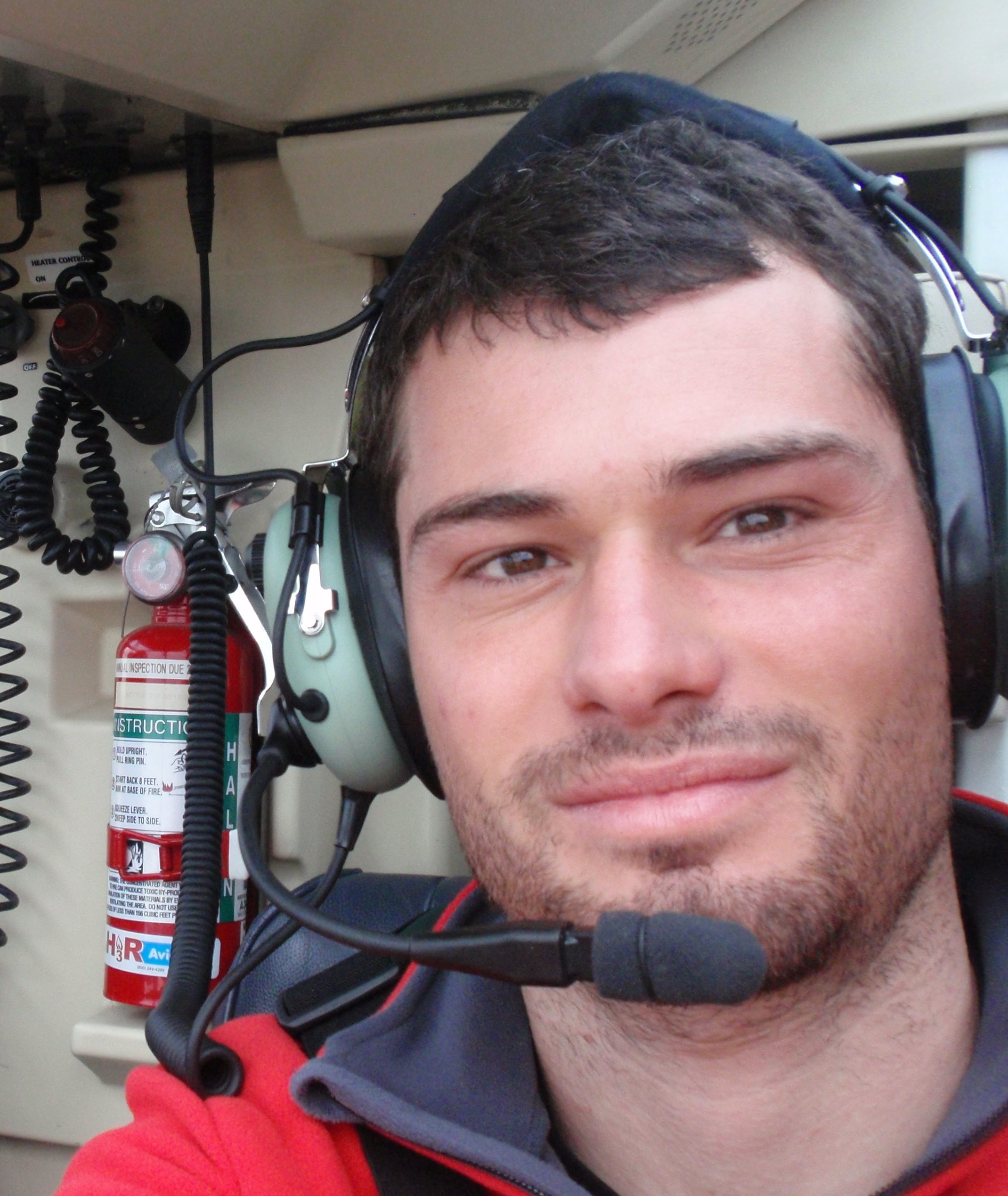Exploring the spatial structure of free-ranging fish groups using digital imaging technique: a practical example with a shoaling drift-feeding fish (Galaxias anomalus). (#10)
Group-living is widespread in fish, and mono- or multi-specific assemblages can be found in a variety of environmental contexts. In streams, drift-feeding fish often form shoals. They inhabit dynamic and heterogenous three-dimensional environments, where micro-scale hydraulic features and food patchiness make spatial positioning critical for individual fitness. In this context, the spatial structure displayed by such groups is likely to have high ecological significance as it would reflect mechanisms underlying intra-specific competition and resource distribution. However, shoaling fish display complex dynamics, and the accurate description of such systems is a significant technical challenge in terms of collecting and analysing data. Here, we used a digital imaging technique (VidSync) to manually collect behavioural and spatial data from each member of the shoal, in 3-D, at a high spatio-temporal level of resolution. We developed tools to study the statistical property of space-use of each individual, enabling the quantification of key features of the spatial structure of the shoal. We studied links between individual space-use strategy, feeding and social behaviour in order to investigate how the spatial structure of the shoal could be related to its social organisation. This study was carried out on two free-ranging shoals of juvenile drift-feeding fish (Galaxias anomalus), from the same stream but inhabiting slightly different environments. Results show strong differences in the structure and organisation of the two shoals, suggesting that shoals’ structures are plastic and context-dependent. Such analysis could therefore be used to provide new insights on the ecological function of group-living in fish.
 ASFB and ASL 2014*
ASFB and ASL 2014* 